Wine Conversations: The Best Story Wins (V)
What are the demands of modern wine drinkers, and how should service professionals meet them?
Being the fifth of six contributors to tackle this topic, I find it challenging to “break news.” Instead, I find myself nodding in agreement to just about everything that’s been written by the talented group that’s come before me. Cheers to
, , and for their thoughtful and thought-provoking posts on this topic. Maria started us off with a discussion from the modern sommelier's perspective. Stacey was up next, and she shared her view as both a patron and wine educator. George focused on the question from the wine consumer's viewpoint. He also provided an excellent list of pet peeves that, if addressed, would dramatically improve the wine service experience. Earlier this week, Dave wrote about the need for two-way communication between patron and server, and his belief that the future of wine is by-the-glass.My career has been in journalism and public relations. I spent five years working at a winery in an emerging region as part of that journey, so my focus will be on storytelling and the guest experience.
The wine industry needs to adapt to bring in new customers before the main Boomer cohort ages out. In her current column in Somm Journal,
wonders how we can make an 8,000-year-old beverage, wine, cool again. Her 22-year-old assistant told her that’s why she and her BFF didn’t drink wine.That led me to an earlier Substack post at
. used her Tik Tok account to poll Millennials, Gen-Z and Gen-X followers about why they were drinking less wine. She expected a few hundred replies. She got 34,000 and counting.Here are the headlines:
· Elitist, overly complex culture. Confusing. Overwhelming. Sea of sameness. Inability to find a wine they like. Stale marketing. Social/cultural shift…just not a vibe anymore.
· Health concerns (hangovers to lack of nutritional information).
· Cost-prohibitive when compared to other options.
· Lack of transparency when it comes to environmental and sustainable practices.
Wine clearly has an image problem with many younger people. For wine marketers, it’s time to move beyond the critic’s stamp of approval and elegant packaging to make your product stand out.
The POV of a Lifelong Wine Professional:
Ingo Grady, a lifelong service professional and the Founder of Hermit Wine in British Columbia’s Okanagan Valley, believes that wine terminology needs to be less alienating. “Too many people feel priced out, intimidated or unwelcome in the world of wine. What should be a fun, relaxing occasion often ends up becoming unnecessarily stressful.”
When it comes to the wine list, Grady insists it should err on the side of simplicity so that guests don’t feel overwhelmed. “Wine descriptors are often abstract and unintelligible to non-wine enthusiasts, and they can be highly subjective. Genuine wine appreciation is all about discovering what an individual enjoys rather than telling them what they should like.” Not surprisingly, Grady believes there’s no room for pretension or self-important behavior in service.
His advice: “A true professional knows how to listen to guests and then uses their training and education to guide them to wines they will enjoy. Pure and simple. Don’t assume anything. Read the table and engage in conversation.” For Grady, genuine hospitality is hard to define but immediately felt. “It’s all about making the overall experience relaxed and unforced.”
The Sommelier as Storyteller:
Troy Ashbaugh is the lead Sommelier at Nicco’s in the Durango resort in Las Vegas. Prior to that he worked for many years at top restaurants on the Las Vegas strip. The biggest change he’s noticed is the transformation to his wine list over time. Today, he says he’s cultivating a cellar of the world, and not just running a museum. He is proud to offer several non-traditional varietals and styles of wine from places like Lebanon, Israel, Portugal, and Hungary along with an impressive stable of wines from better-known regions.
He credits apps like Vivino and online search for shifting the role of the sommelier away from education and more towards storytelling. For Ashbaugh, social media is a necessary aspect of modern Food and Beverage marketing and an excellent way to reach a bigger audience, particularly younger people. His goal is to use it to highlight the depth and breadth of the wine program at Nicco’s.
Ashbaugh is delighted by the sourcing trend. Many of his guests want to know the story behind the wine in their glass. “The stories of families and independently operated wineries can make the wine drinking experience more meaningful, especially for the guest that knows what they already like.” He says that “exploration and curiosity with the interest in how and why, rather than just how it tastes, has made service an almost new experience.”
I enjoy the videos featuring him on the restaurant’s Instagram account. They even manage to make the monthly inventory count entertaining. There’s one where Ashbaugh plays a game of This or That with the bartender, and the always fun Somm/Wine Director blind tasting competitions introduce a degree of openness to the wine experience.
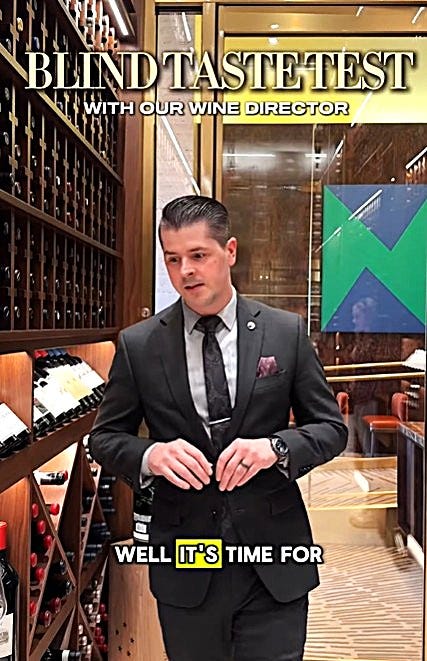
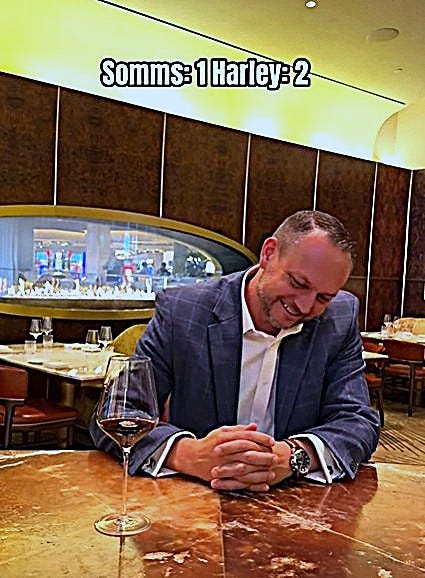
The GM/Winemaker on Creating the Guest WOW Factor:
Nathan Carlson is the GM and Winemaker for Center of Effort Winery in California’s Edna Valley. Like Grady, he agrees that guest connection is key. He trains his team to welcome guests and meet them at their level.
“We want to genuinely connect with our guests. It can be as simple as bringing them a few steps into the vineyard and letting them taste ripening grapes or stopping by their table to say hello or bringing them to the cellar for a barrel tasting.”
Carlson and his team are also true believers when it comes to transparency over environmental and sustainable practices. At the winery, sheep graze on cover crops, electric tractors work the fields, and the on-site restaurant uses fruit from the winery’s orchards in addition to partnering with local farmers and other community vendors.
“It is such a pleasure when people choose our wines to have on their table to celebrate the best events and best people in their lives.” For Carlson, wine is much more than just a beverage. “It’s at its best when it reflects a specific place or a moment in time.” He sees it as an agricultural labor of love that comes from a real place and the labor of a team of dedicated people. He told me that the right story can make the wine in your glass stand out in a crowded field of other choices.
Additional Voices:
As I researched this post, I came across two additional voices that personify the future of wine marketing. Emily Wines is a Master Sommelier who teaches on MasterClass. Her Snob-Free Guide to Wine is entertaining, informative, and transformative. It addresses a number of concerns raised in the Tik Tok survey while preserving the sense of enchantment that attracted me to wine many years ago.
Alper Billik (a.k.a. SOMMDIGI) is a sommelier, author, digital marketer, solo-entrepreneur, and the man behind a proprietary wine-focused AI platform. He uses storytelling to make wine more approachable.
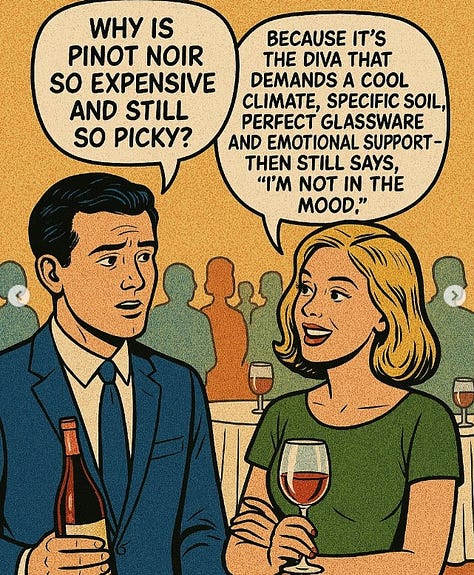
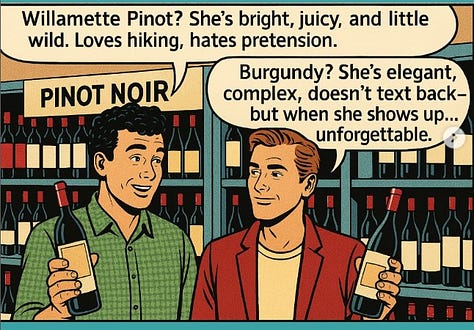
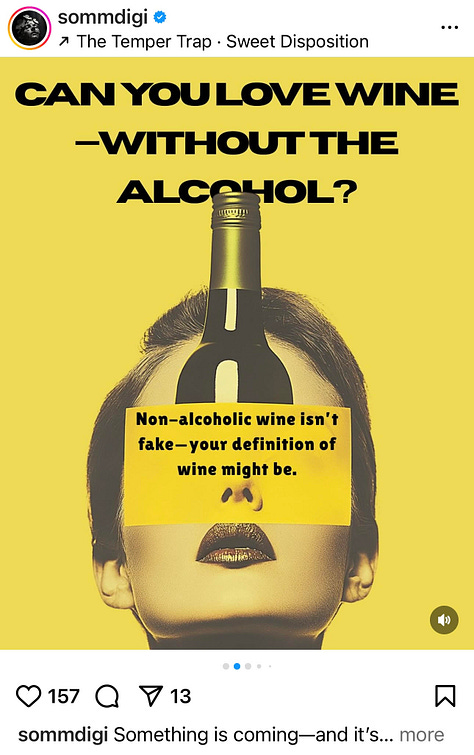
The Bottom-Line:
The wine industry needs to do a better job of creating guest experiences that resonate. Regardless of where you find yourself in the industry, start with data analytics to get a better sense of your present and potential future customers. Determine what’s important to them. Based on that, decide what your value proposition is. Don’t try to be everything to everybody, and remember transparency is key. Maintain a consistent brand promise.
Craft storytelling elements to highlight your wine. Make sure everyone who touches your wine is equipped to tell your story. Use social media and other tools to meet your customers where they are, and to build brand engagement. If you are a small winery with a small budget, consider partnering with other like-minded local businesses to tell a regional story.
Today’s wine samplers could well be tomorrow’s loyal enthusiasts. Let’s do our part to keep this 8,000-year-old beverage relevant for future generations!
To close out our discussion of this topic, check out Bright and Balanced's take.


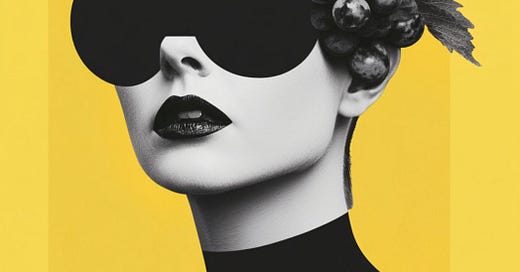




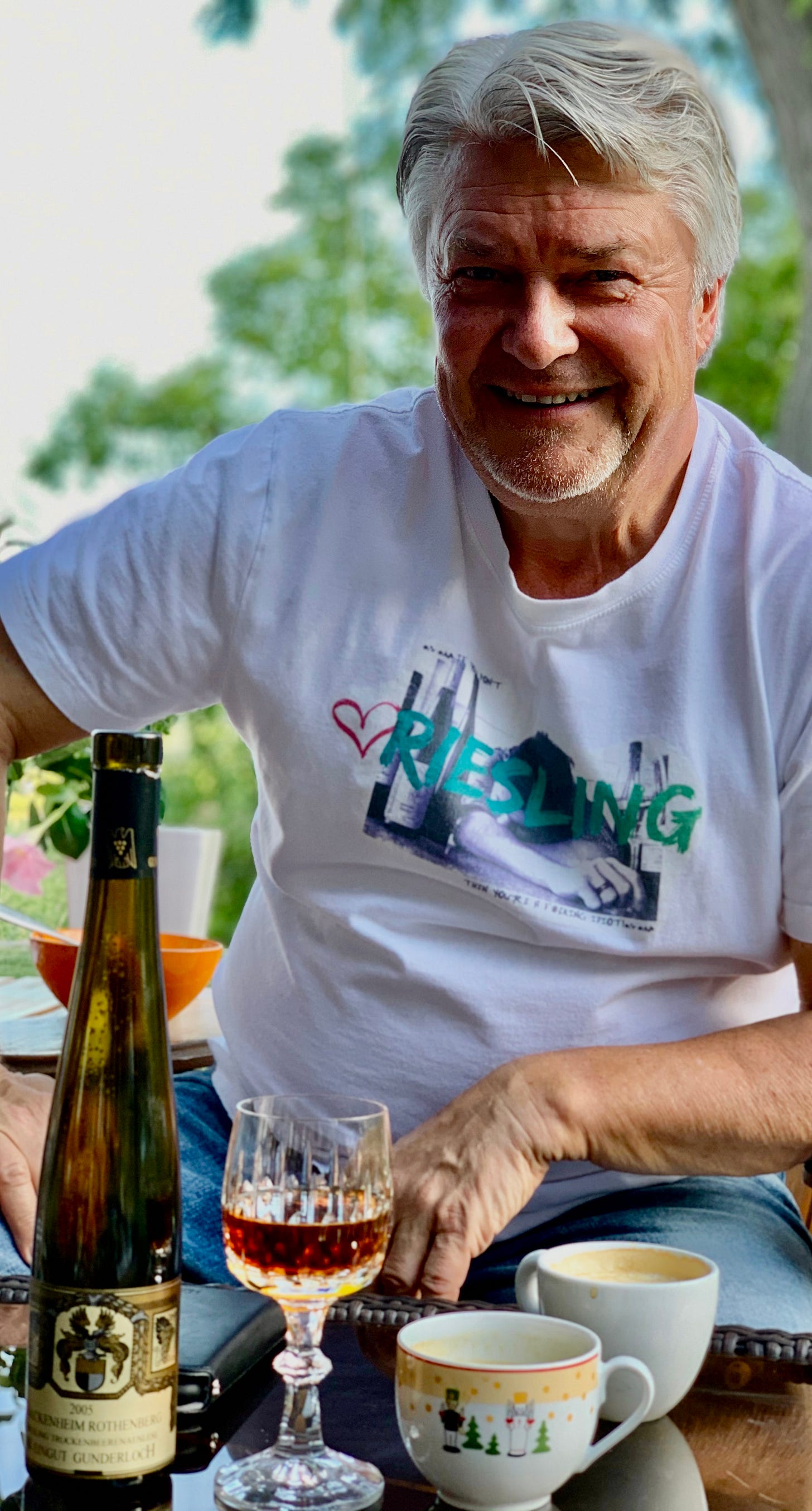
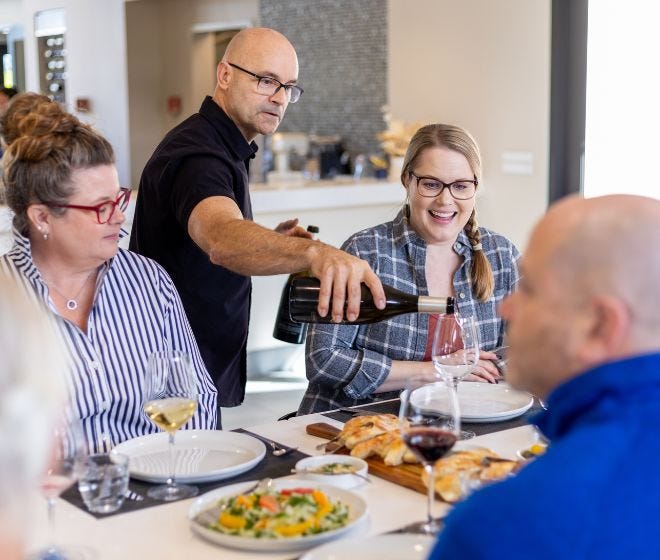
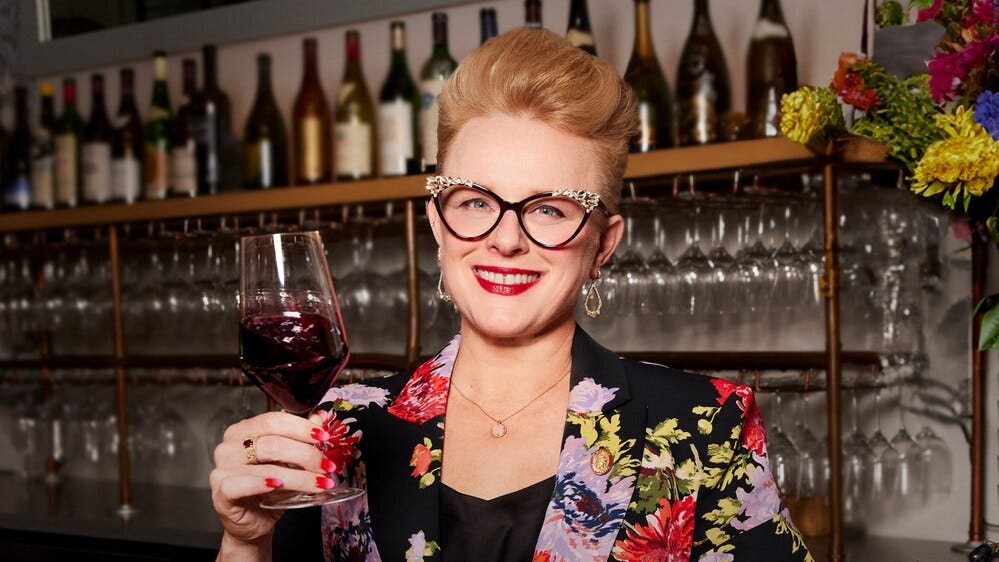
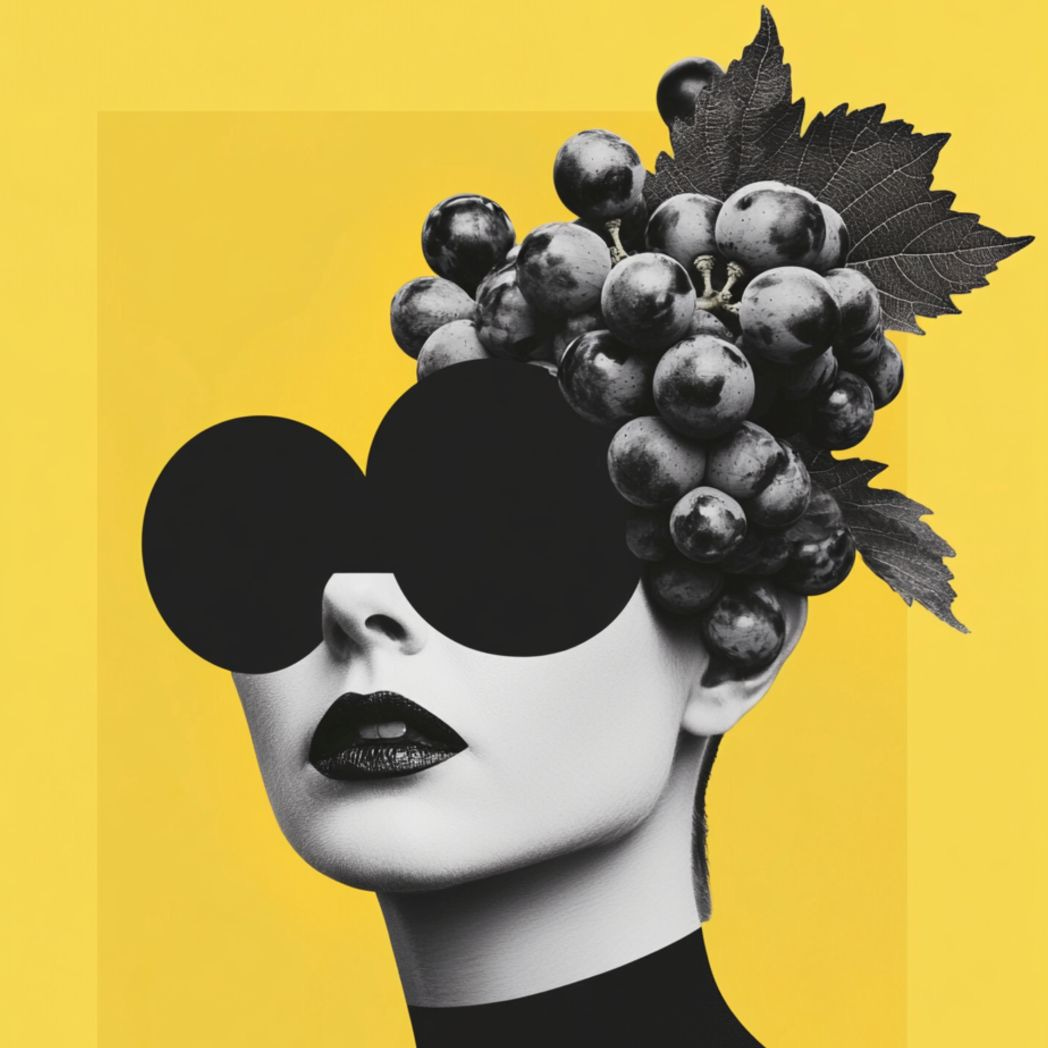
Lots to unpack here! It's interesting that Grady says "keep the wine list simple, don't overwhelm" and then Nicco's is all about the extensiveness and global variety of their list. A lot of this probably comes down to: where ARE you in the world? If you're in NYC or San Francisco, that's going to be a different approach than if you're a wine bar or restaurant in Milwaukee.
(That said, I've read elsewhere, in other polls/data studies that younegr generations are much more into global variety and indigenous grapes, etc. than the Boomers ever were, so likely we're trending in that direction. If we need stories to go with the wine, then we need VARIETY with those stories, too. We can only listen to so many Napa winery stories before our eyes glaze over.)
And THAT said, I nevertheless think stories / storytelling has a limit to its use. Stories of modern day winemakers and vineyards and wineries all start to sound awfully similar after the first few. There's a handful of variations on a handful of themes, and then you've roughly heard them all. It's a great thing to personalize any wine, but I'm wary of leaning on that element too strongly, as though it will float the ship forever going forward.
I think we're in an odd moment where we're throwing a lot of things againt the wall to find out what sticks. It's awesome that we're trying new things - that is Step 1, no matter what. But we're still uncertain what exactly or how our language of wine needs to change. What precisely about the service or the online social media content will move the needle. But at least we're finally trying. And generally speaking we do know that wine needs to go more casual - the Boomers are just about the only people left who want the fine dining + 4x markup bottles version of wine service.
Such a well-organized and insightful piece on this important topic! I really enjoyed all of the different perspectives you shared and creative ways different members of the industry are breaking the mold to re-inspire a love for wine across new generations. Thank you so much for including my report, I really appreciate it!
Something that really stood out to me was this quote - "Exploration and curiosity with the interest in how and why, rather than just how it tastes, has made service an almost new experience.” It's so true. Any wine I have a deep connection with has ALWAYS come from the story behind it, not the fact that it was just a good wine. The story and people behind the wine are the very things that make it so magical, and why we want to share it with others. That is the heart of what we need to get back to.